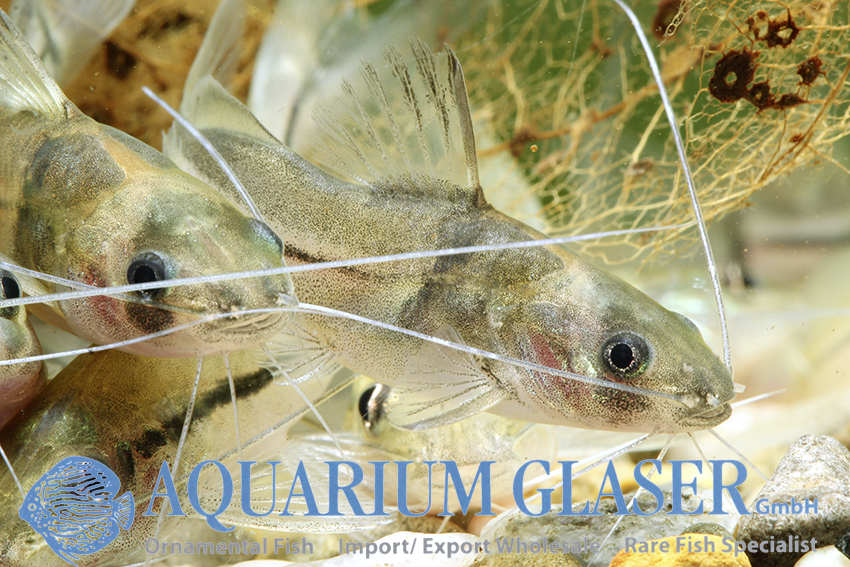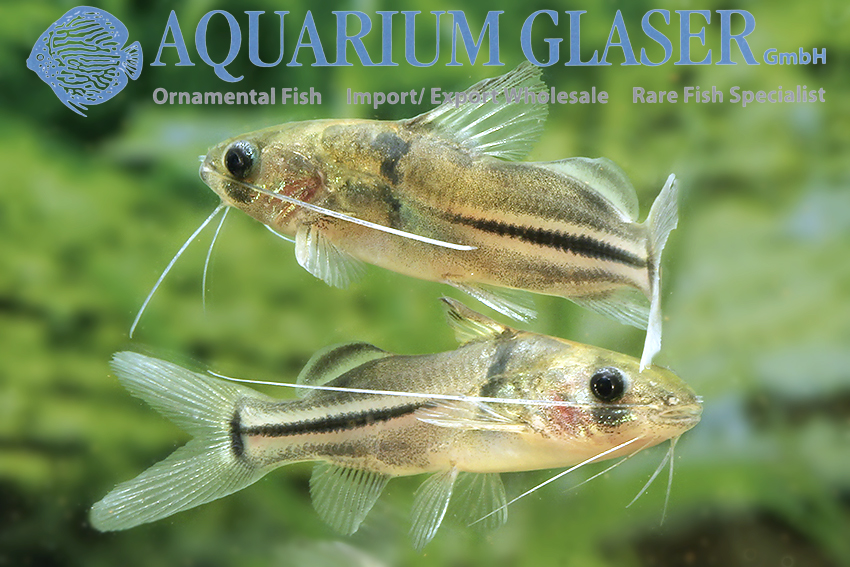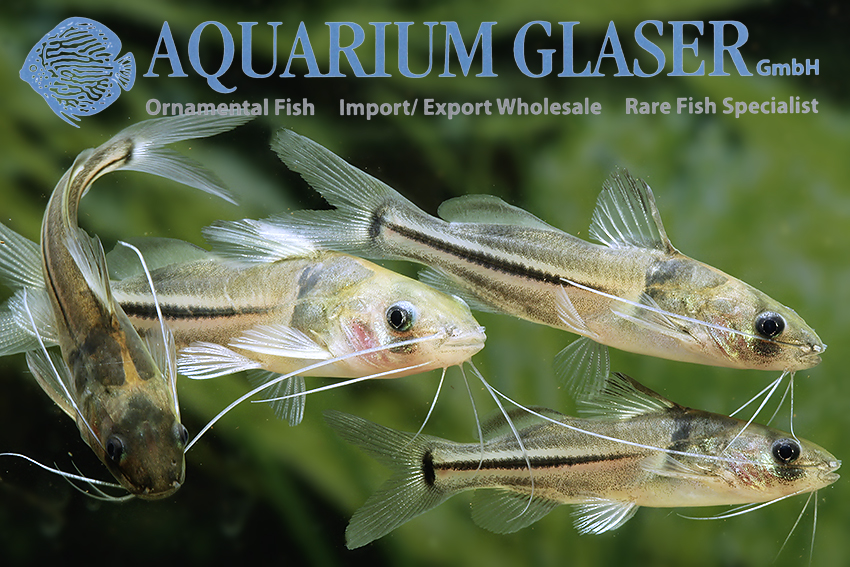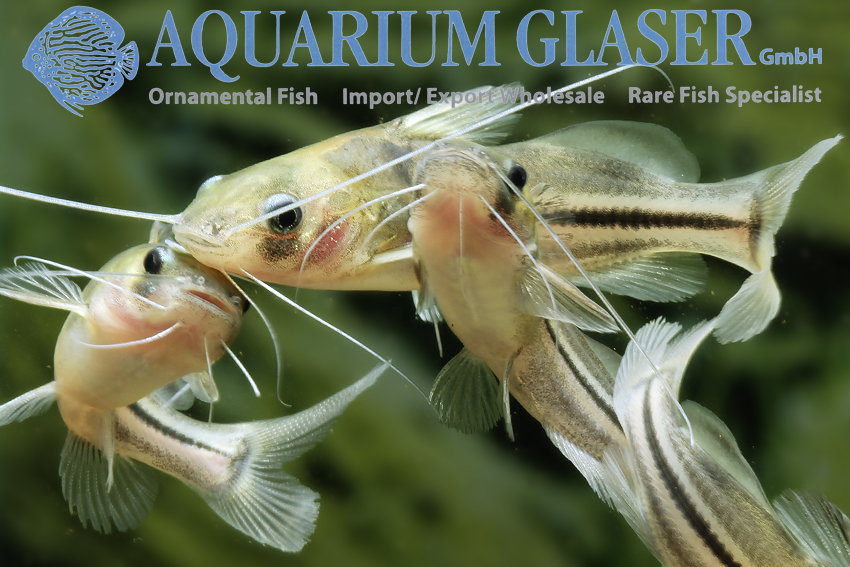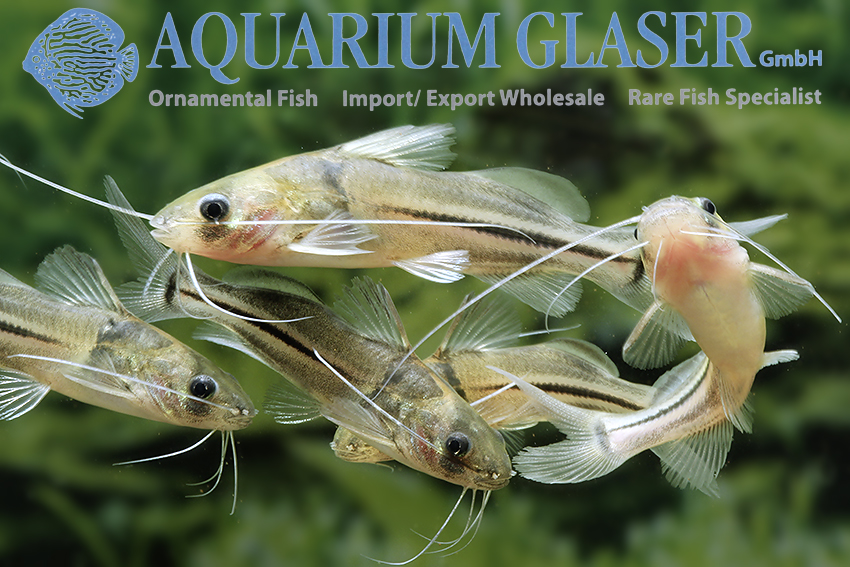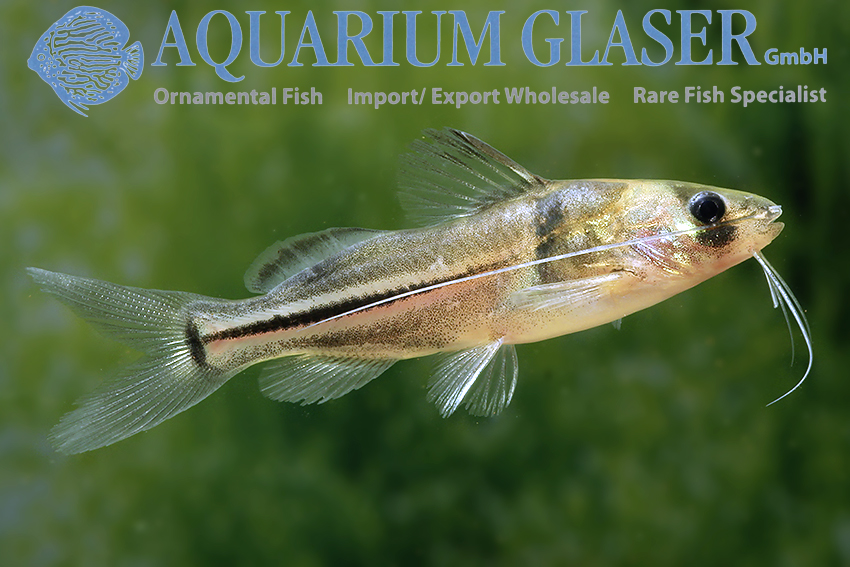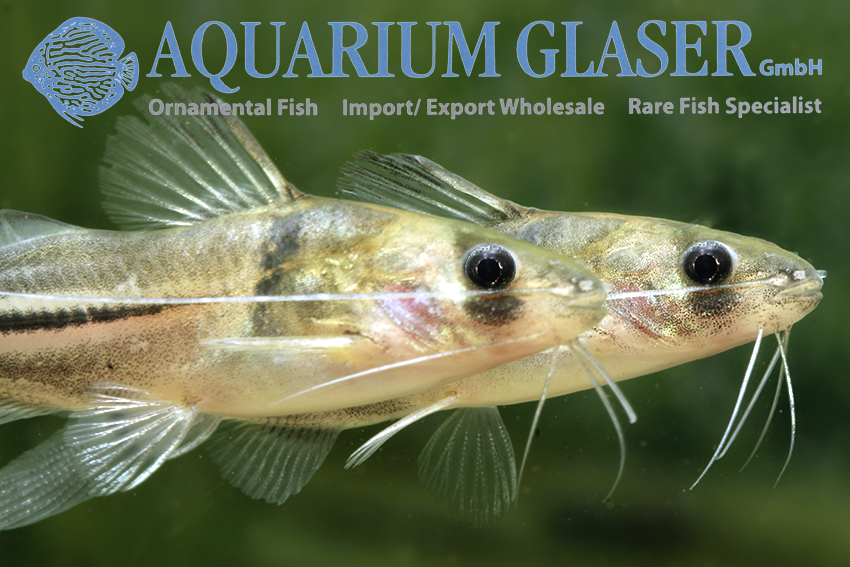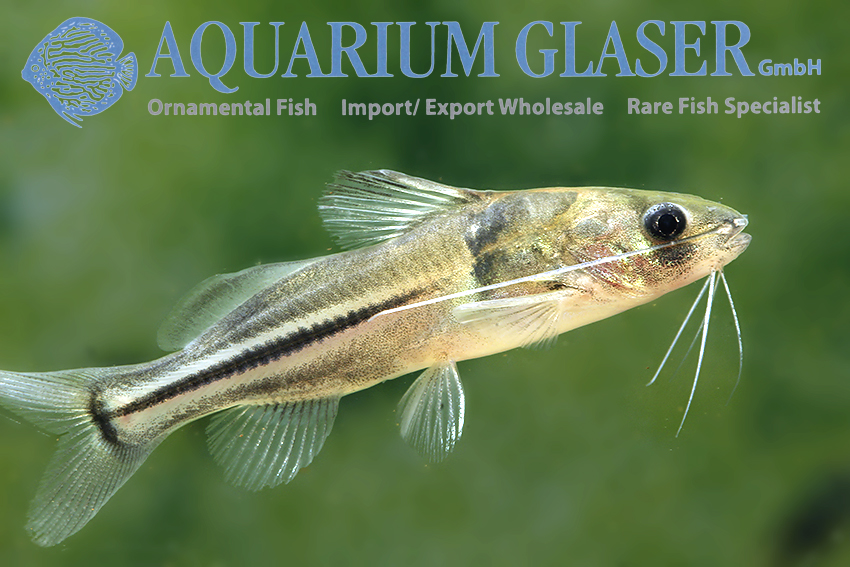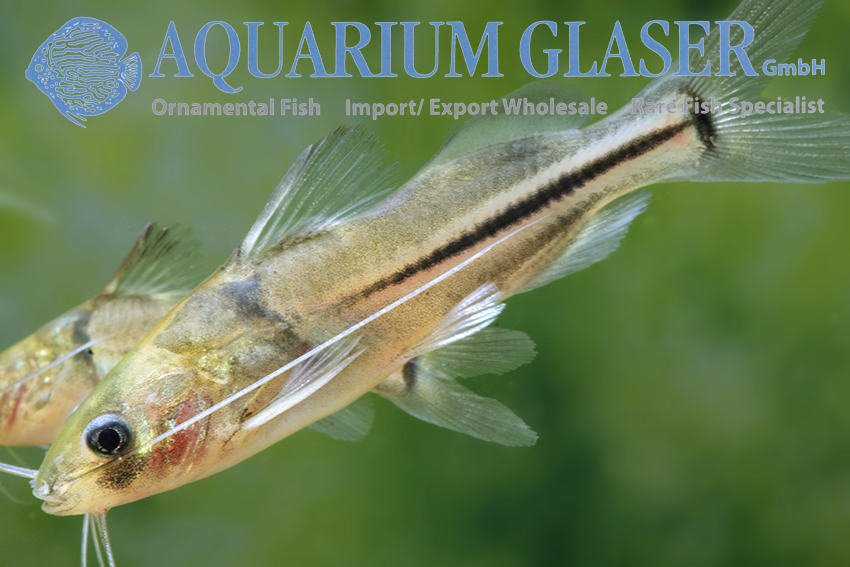The genus Brachyrhamdia includes only five described species, another one, that is still scientifically undescribed, was imported over 10 years ago as accidental catch, since then, one heard nothing more of it. Brachyrhamdia are relatively small-growing catfish. Brachyrhamdia meesi comes from Brazil and grows to about 8 cm in length. Like all species of the genus, it swims as young-fish with different species of Corydoras in the same swarm. Although the coloration of B. meesi is not particularly similar to that of – for example – Corydoras schwartzi, B. meesi almost doesn’t stand out at all in the Corydoras school. The sense of this imitation is not yet explored. It could be a protection (however, Brachyrhamdia have powerful thorns in the pectorals and the back-fin, with which they can give very painful stings), the Corydoras could serve also to the camouflage, however, that makes it possible for the predatory Brachyrhamdia to come nearer to small prey.
In the aquarium, one should keep Brachyrhamdia meesi in a swarm with conspecifics and should add also a swarm of Corydoras in order to be able to observe and analyze the living together of the two species. One should choose a Corydoras with blindfold, approximately the already mentioned C. schwartzi or also C. leucomelas, C. agassizii and similar types. B. meesi are completely peaceful towards fish that are not suitable as food (i.e. all species that are about half the size or larger than the Brachyrhamdia). In the aquarium, the catfish are omnivores, that take any dry, frost and live-food. Plant-food doesn’t play any role, plants are completely ignored by the fish also otherwise.
The aquarium for B. meesi should have a fine sandy bottom, should be decorated with numerous roots and not be too brightly lit. It is best to cultivate a solitary plant – for example an Amazon sword plant (Echinodorus) – in a culture pot and illuminate only this plant specifically, while in the rest of the aquarium a little diffuse light can be used. The water values are of minor importance (pH between 5.5 and 8, dGH between 5 and 20° dH), the water temperature should be between 22 and 28°C.
Male Brachyrhamdia meesi develop enlarged dorsal and caudal fins with the onset of sexual maturity. With the females, the size of the fins remains constant. They debvelop eggs easily and are then very thick, however, a successful breeding was not yet reported in the aquaristic literature. Probably the reason for this is a too low interest of the aquarists in these beautiful catfish – what a pity! It can be assumed that B. meesi does not care for the brood and can be stimulated to spawn similar to the Corydoras species of the central Amazon basin. There are observations from the 1980s, according to which the species B. imitator from Colombia, which is related to B. meesi, was also stimulated to spawn by the spawning of Corydoras brevirostris, with whom they were kept together.
For our customers: the animals have code 211603 on our stocklist. Please note that we only supply wholesale.
Text & photos: Frank Schäfer





